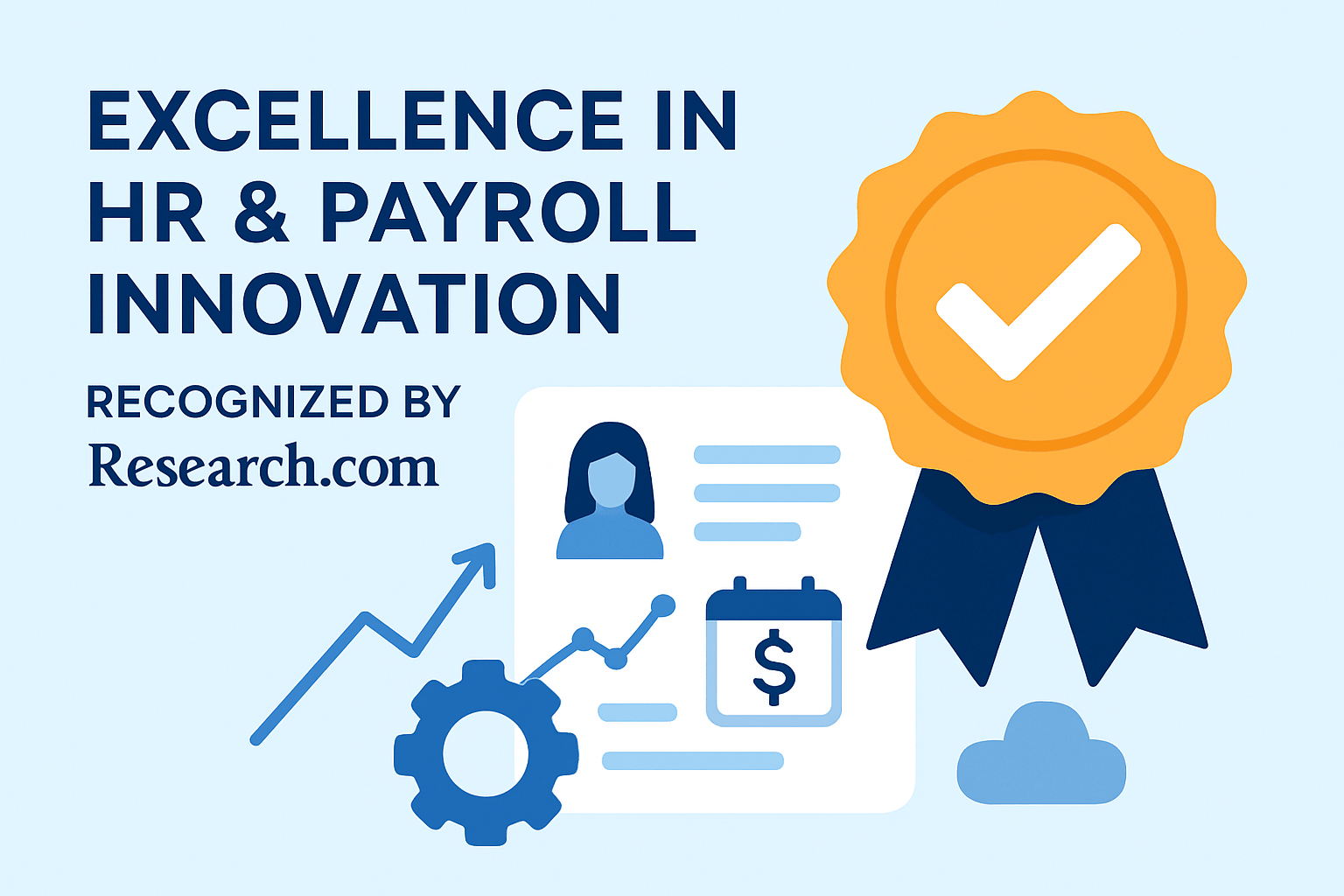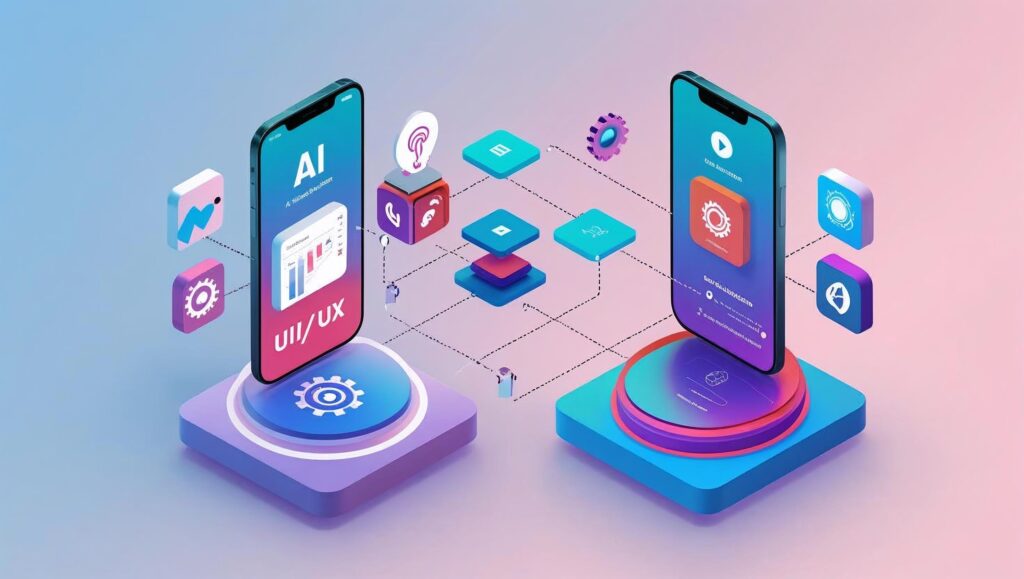What’s new in SmartHCM? — A Closer Look at Innovations & What It Means for You
SmartHCM’s latest enhancements bring smoother workflows, smarter automation, and an elevated user experience—making everyday HR operations faster, clearer, and effortlessly connected.








